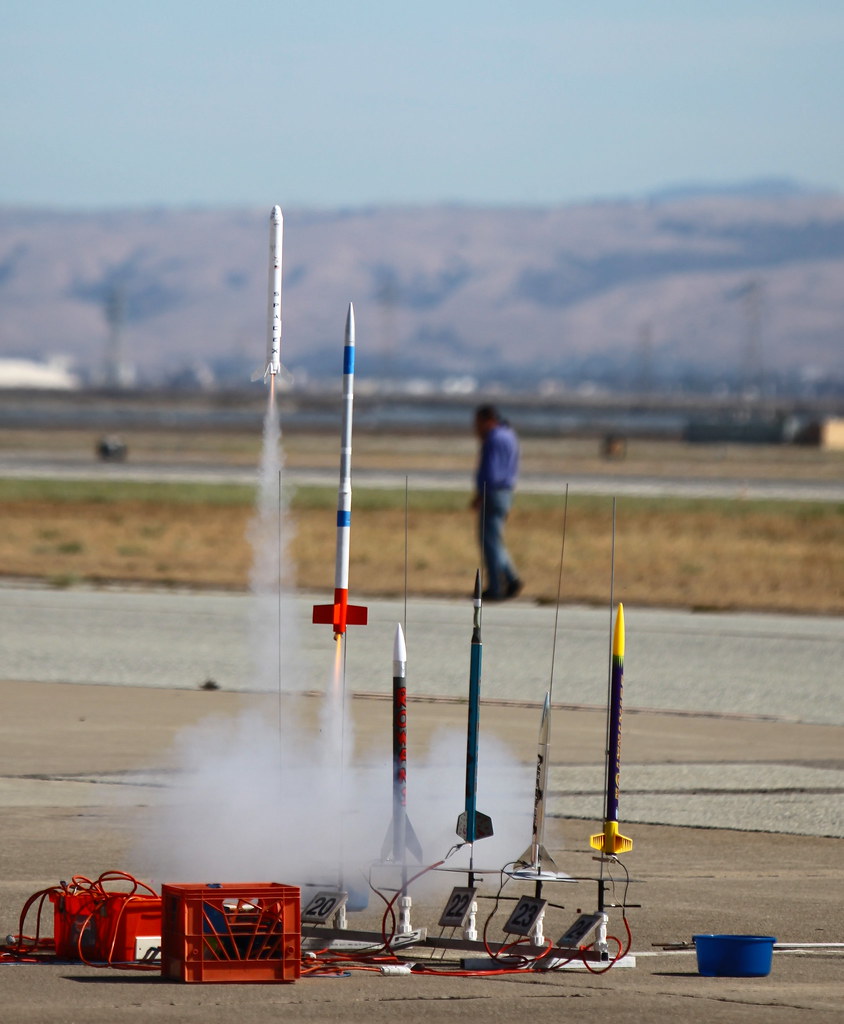Context:
SpaceX Falcon9 rocket launched MethaneSAT from California to track and measure methane emissions at a global scale.
More on the news
- The satellite is designed by scientists from the nonprofit Environmental Defense Fund (EDF) partnered with Harvard University, the Smithsonian Astrophysical Observatory, and the New Zealand Space Agency.
- Satellite is backed by Alphabet Inc’s Google and the Environmental Defense Fund group.
- It is the first of several satellites built to publicly track oil and gas companies’ methane emissions.
- It will monitor areas that supply 80 percent of the world’s natural gas.
Why need to track Methane?
- Methane is the second largest contributor to global warming, after carbon dioxide
- It is responsible for 30 per cent of global heating since the Industrial Revolution.
Key Highlights of MethaneSAT
- The satellite will orbit the Earth 15 times a day.
- The data collected by Satellite will be made free for public in near real-time.
- It is equipped with a high-resolution infrared sensor and a spectrometer, the satellite will fill critical data gaps.
- It also has a wide-camera view of about 200 km by 200 km allowing it to identify larger emitters so-called “super emitters”.
- It helps in the Global Methane Pledge in 2021, to cut their collective methane emissions by at least 30 percent from 2020 levels by 2030.
Significance
- It ensures accountability by allowing stakeholders and regulators to take action to reduce methane emissions.
- The launch of MethaneSAT has come at a moment when the world is implementing more stringent methane management policies.
- At last year’s COP, more than 50 companies committed to virtually eliminating methane emissions and routine flaring. MethaneSAT will help them meet these targets.

